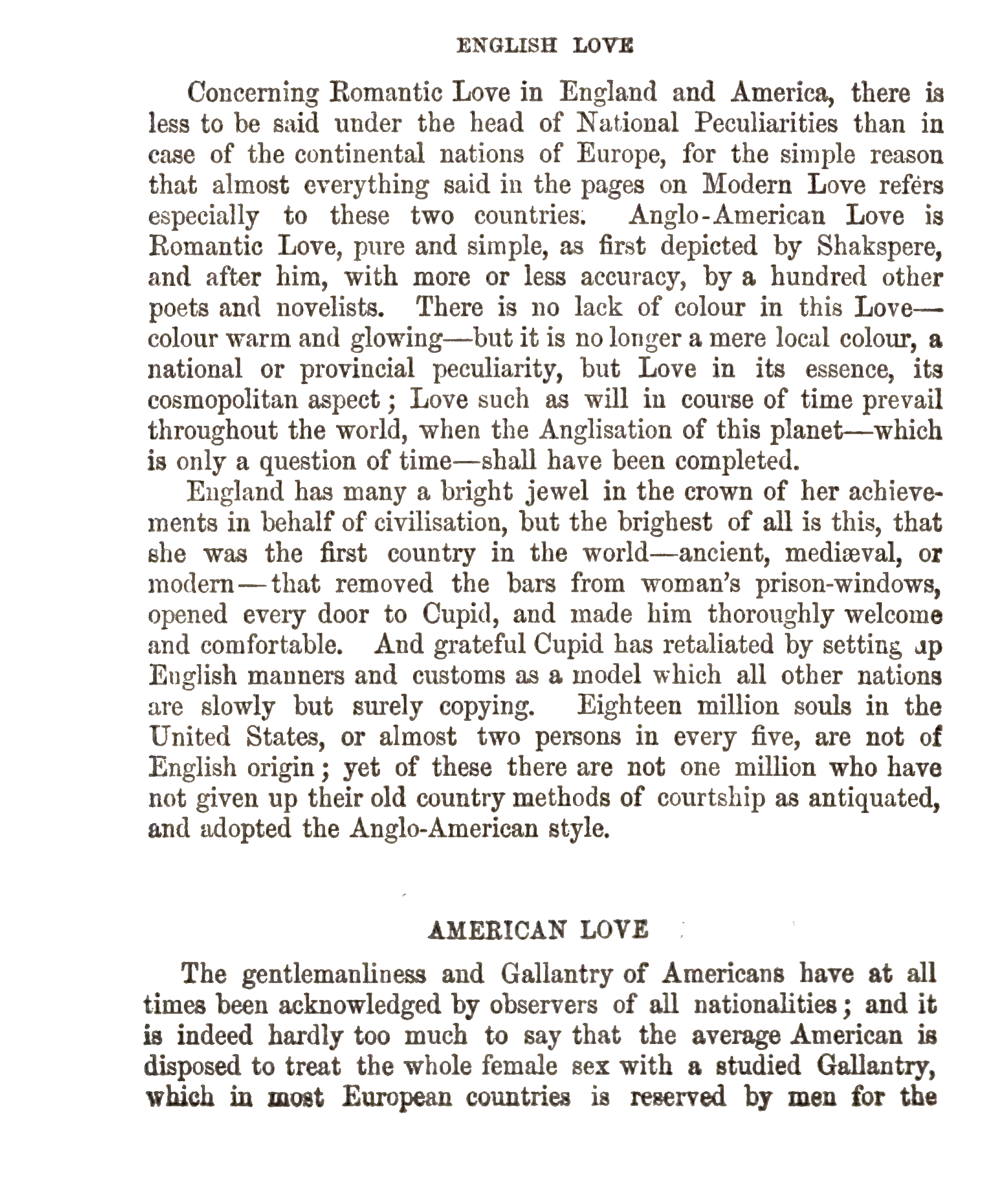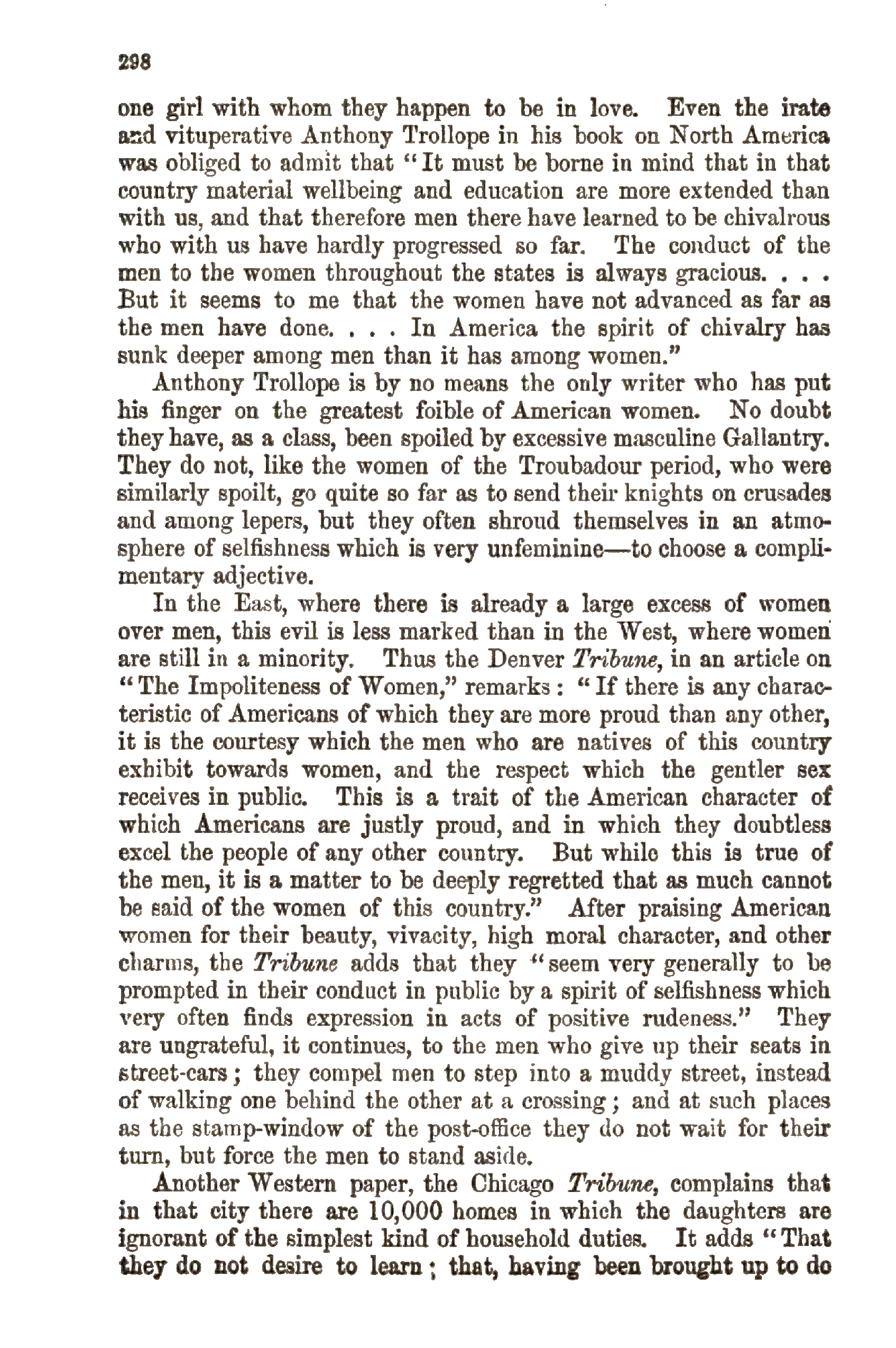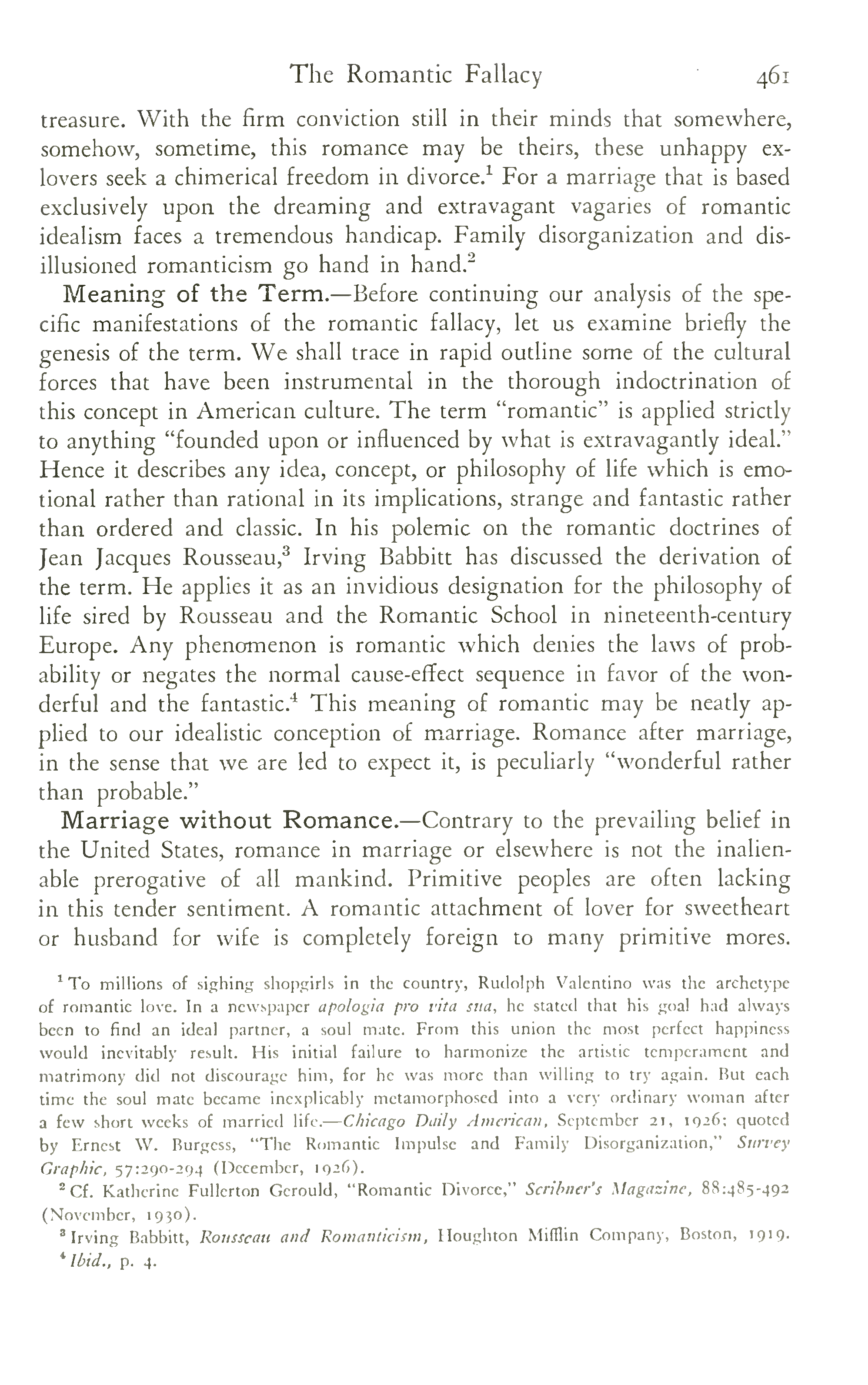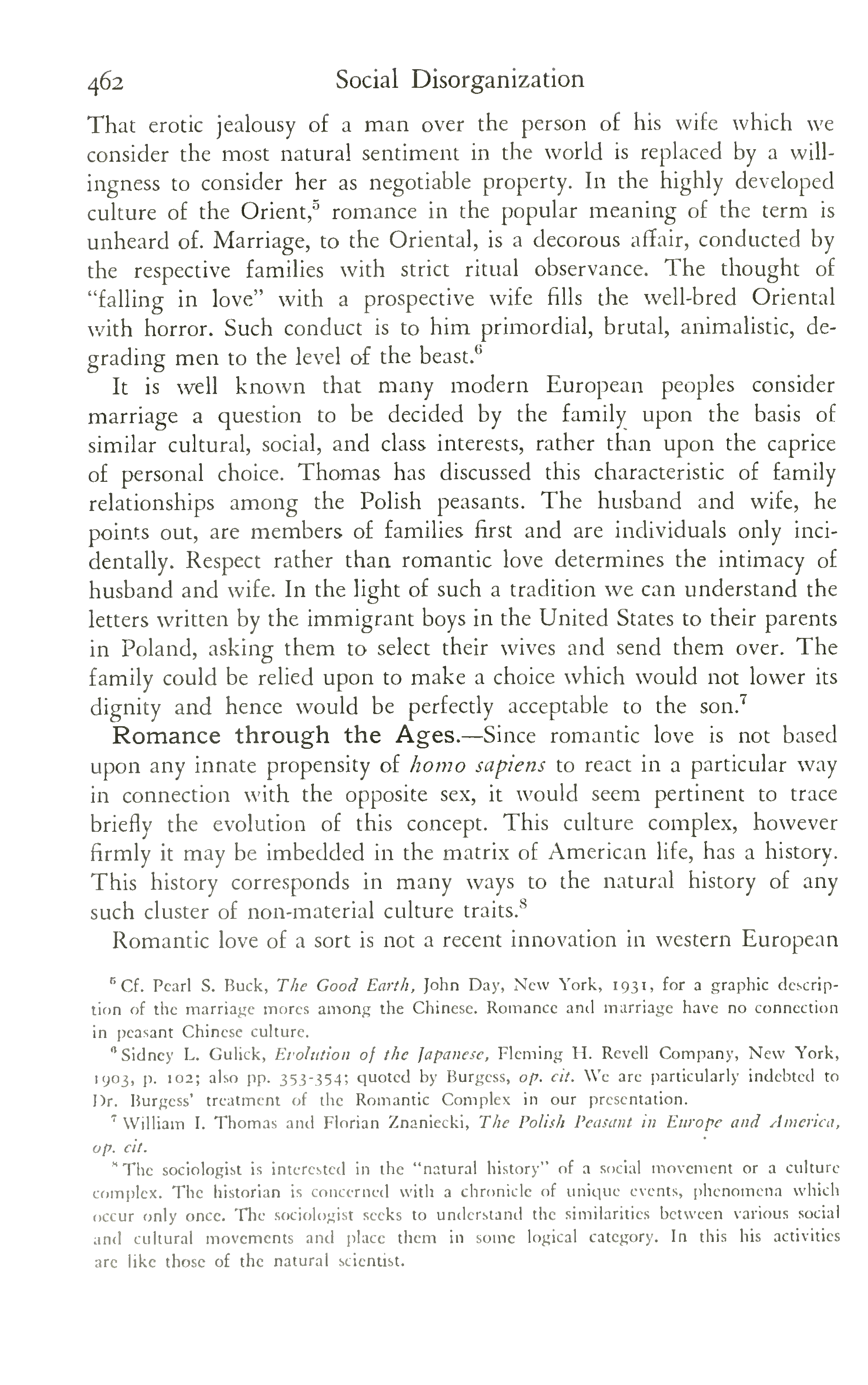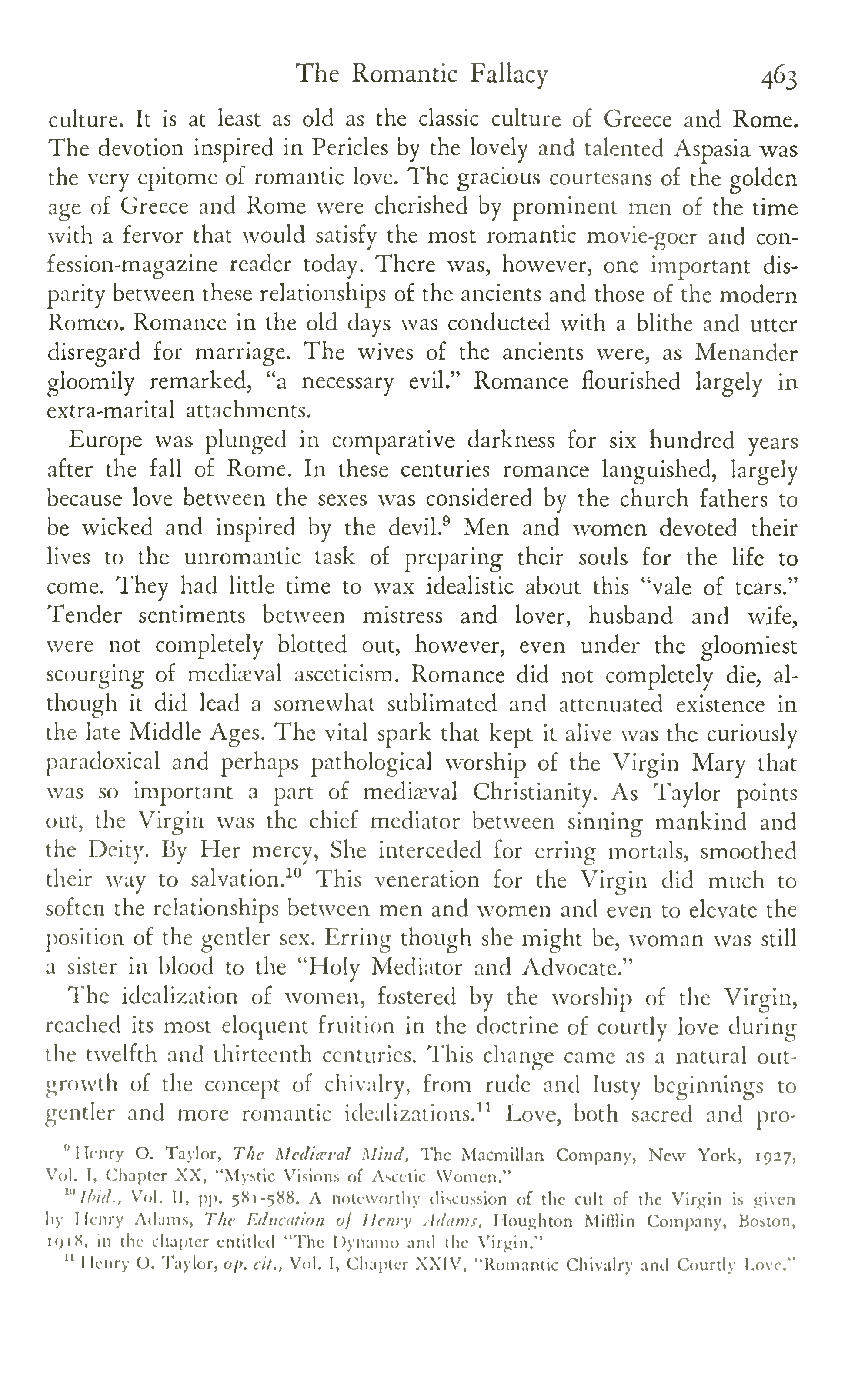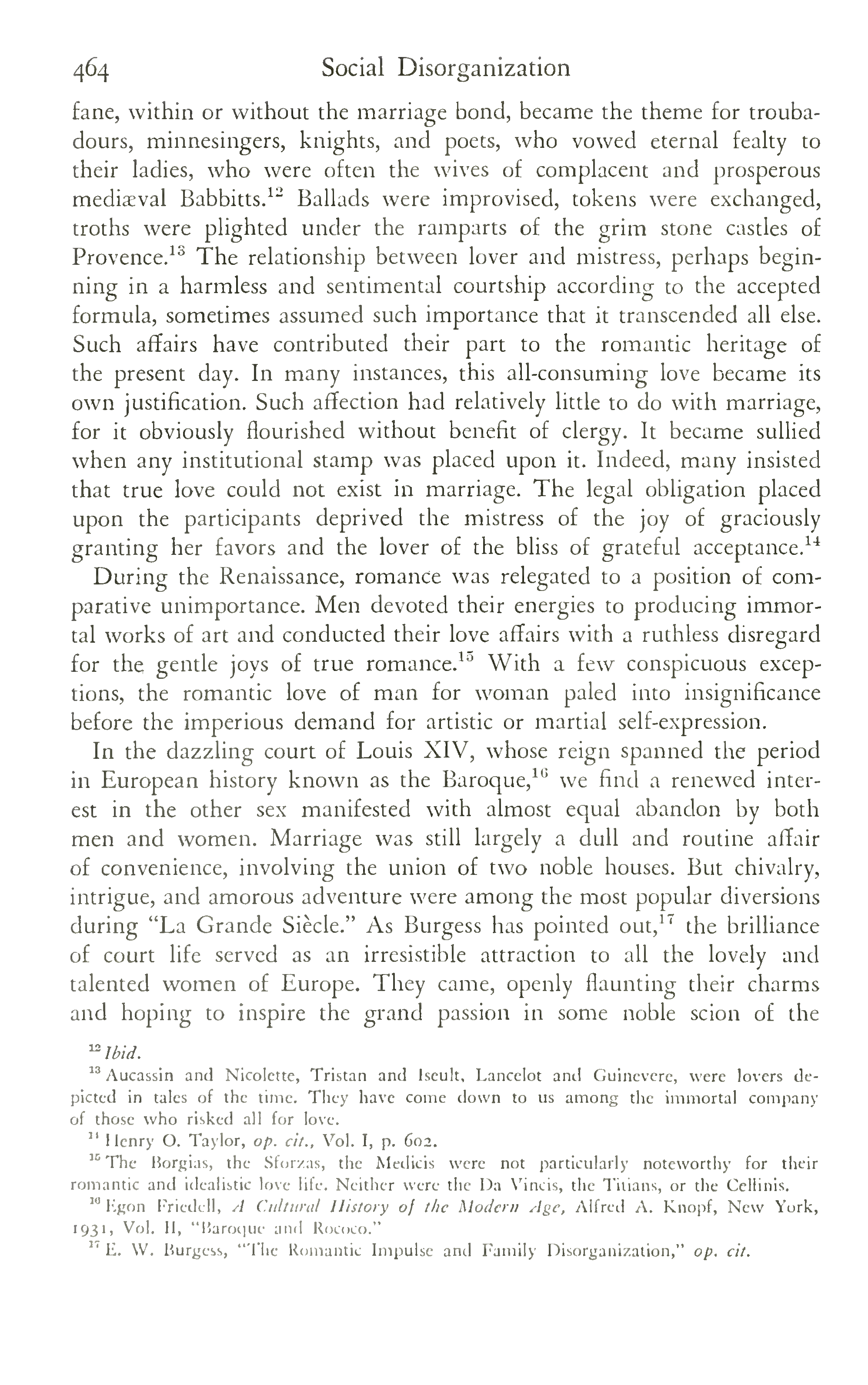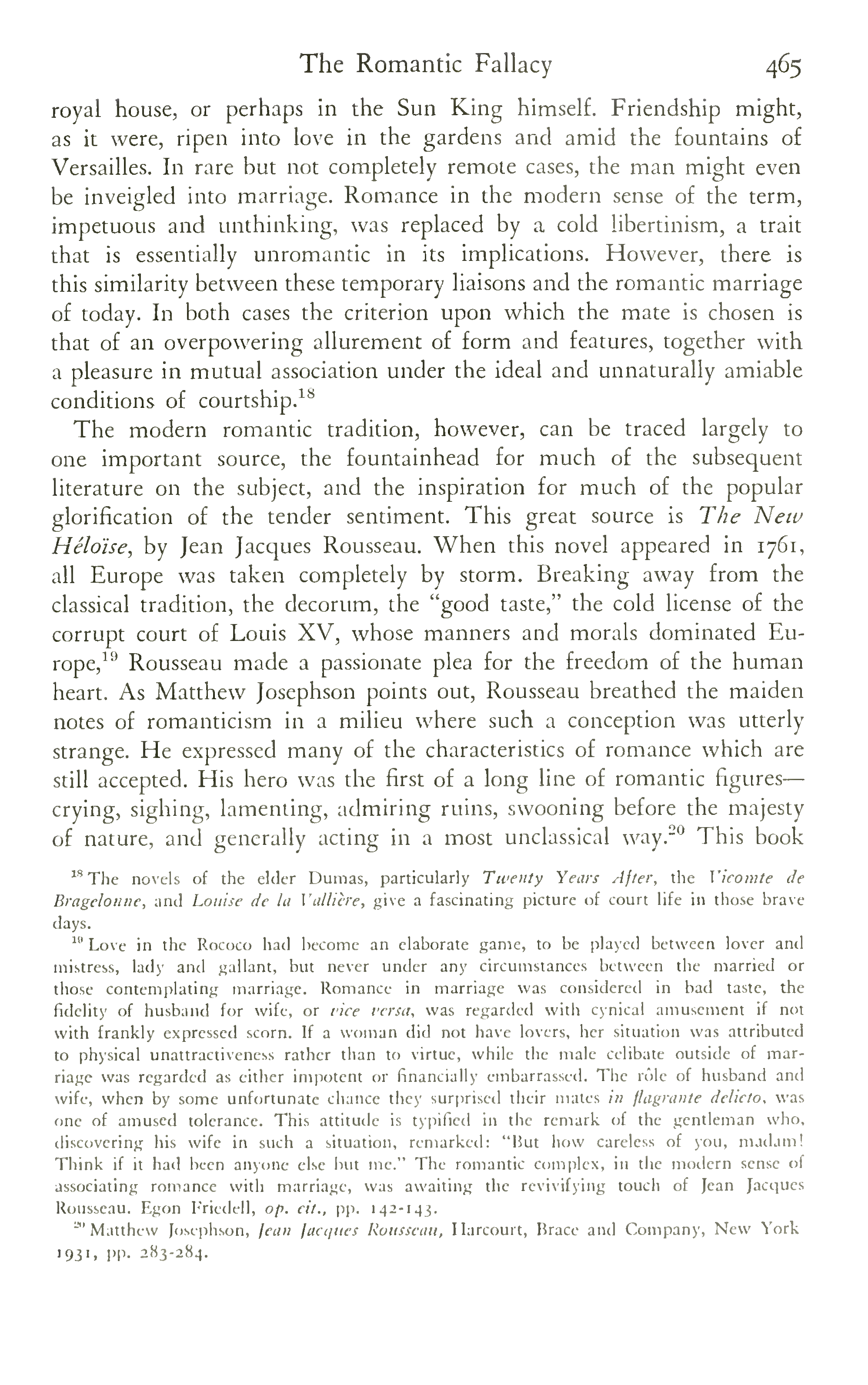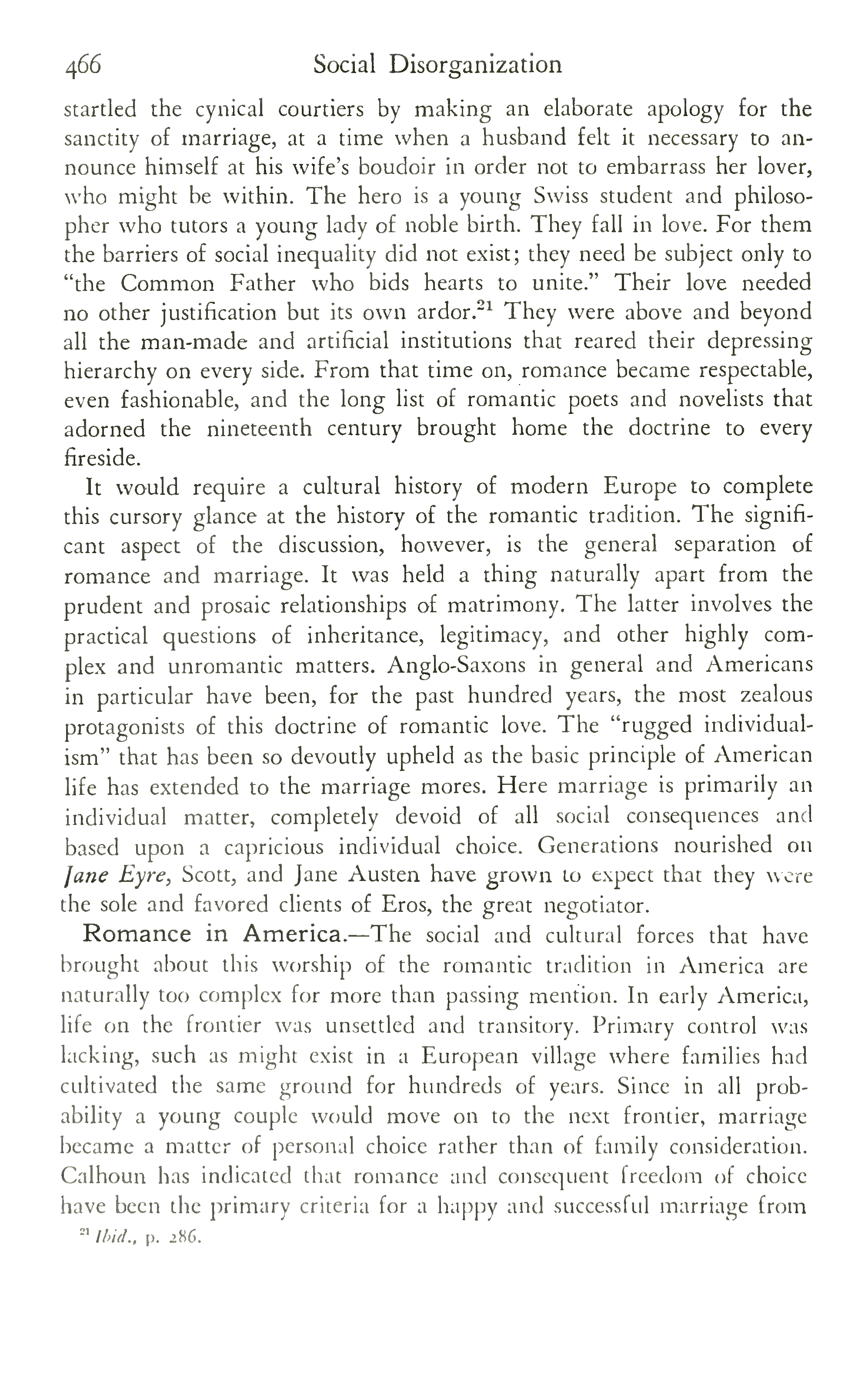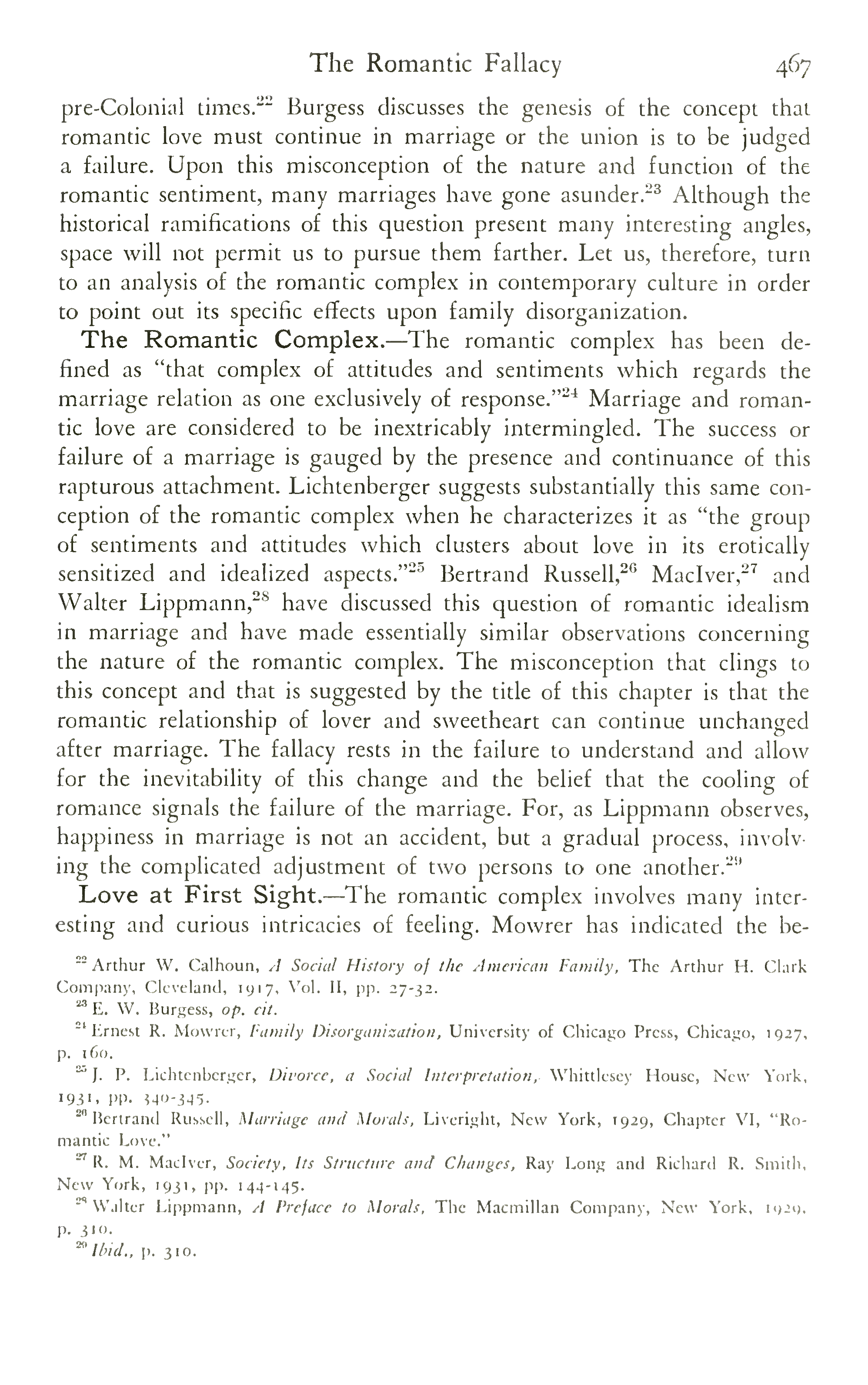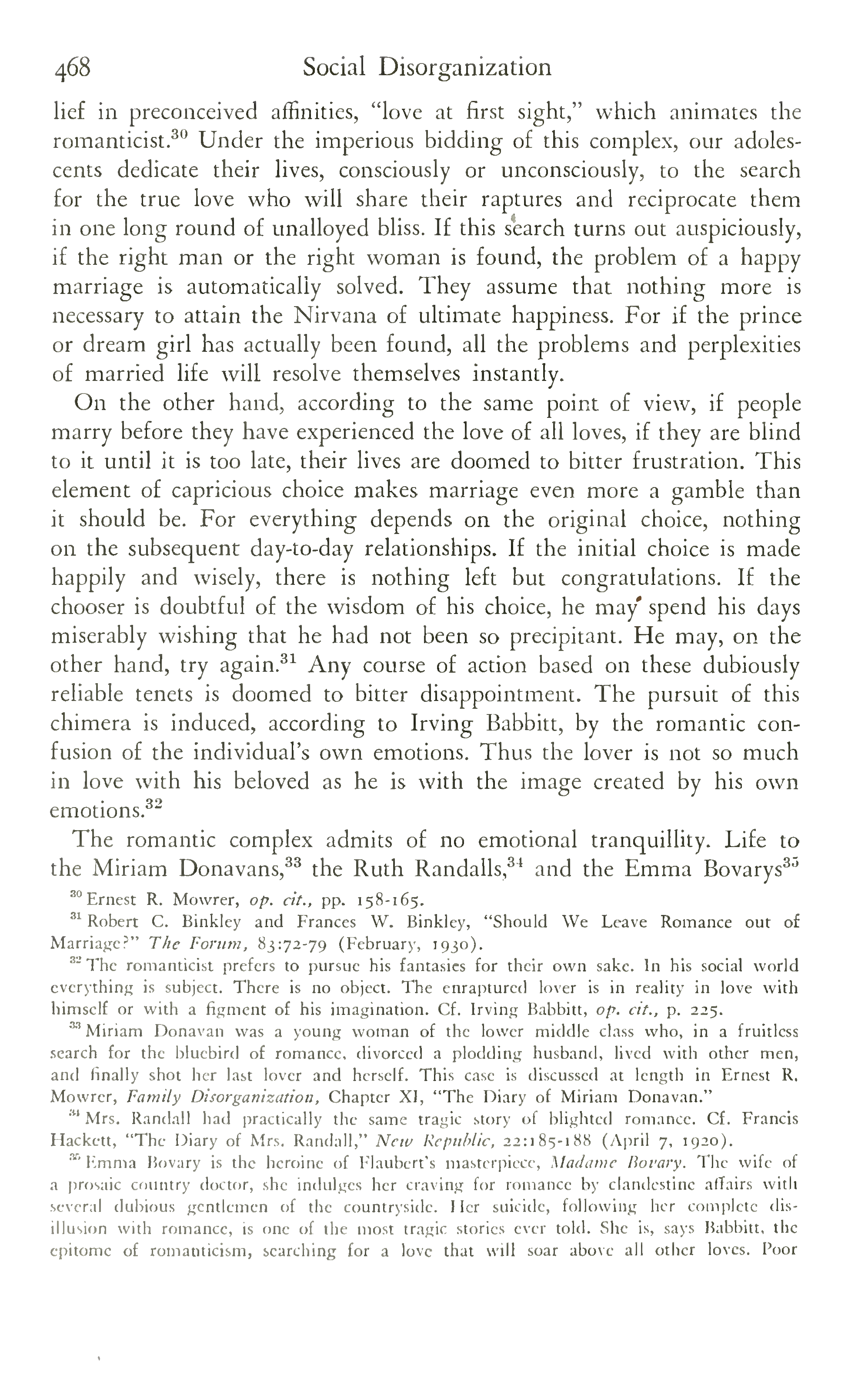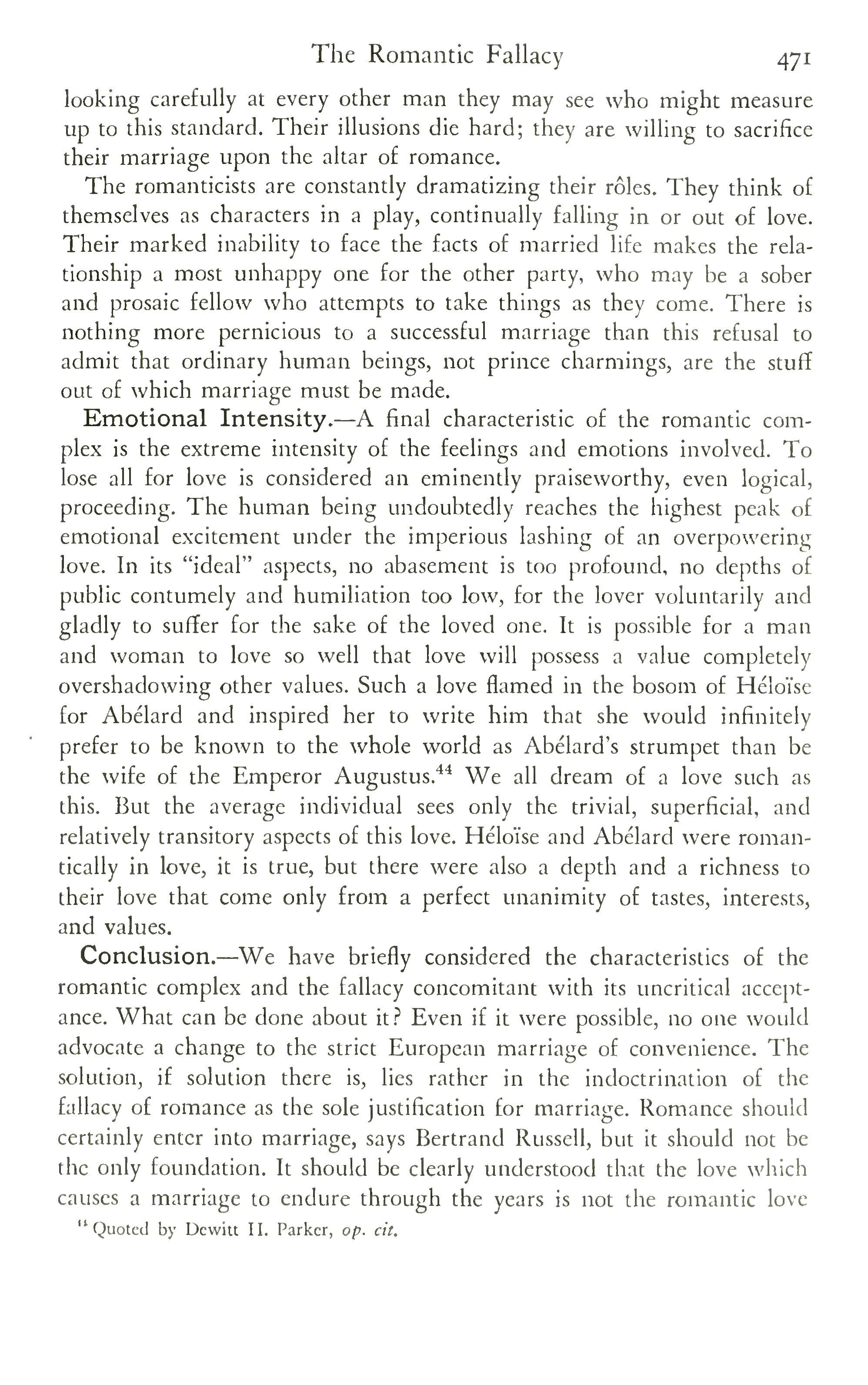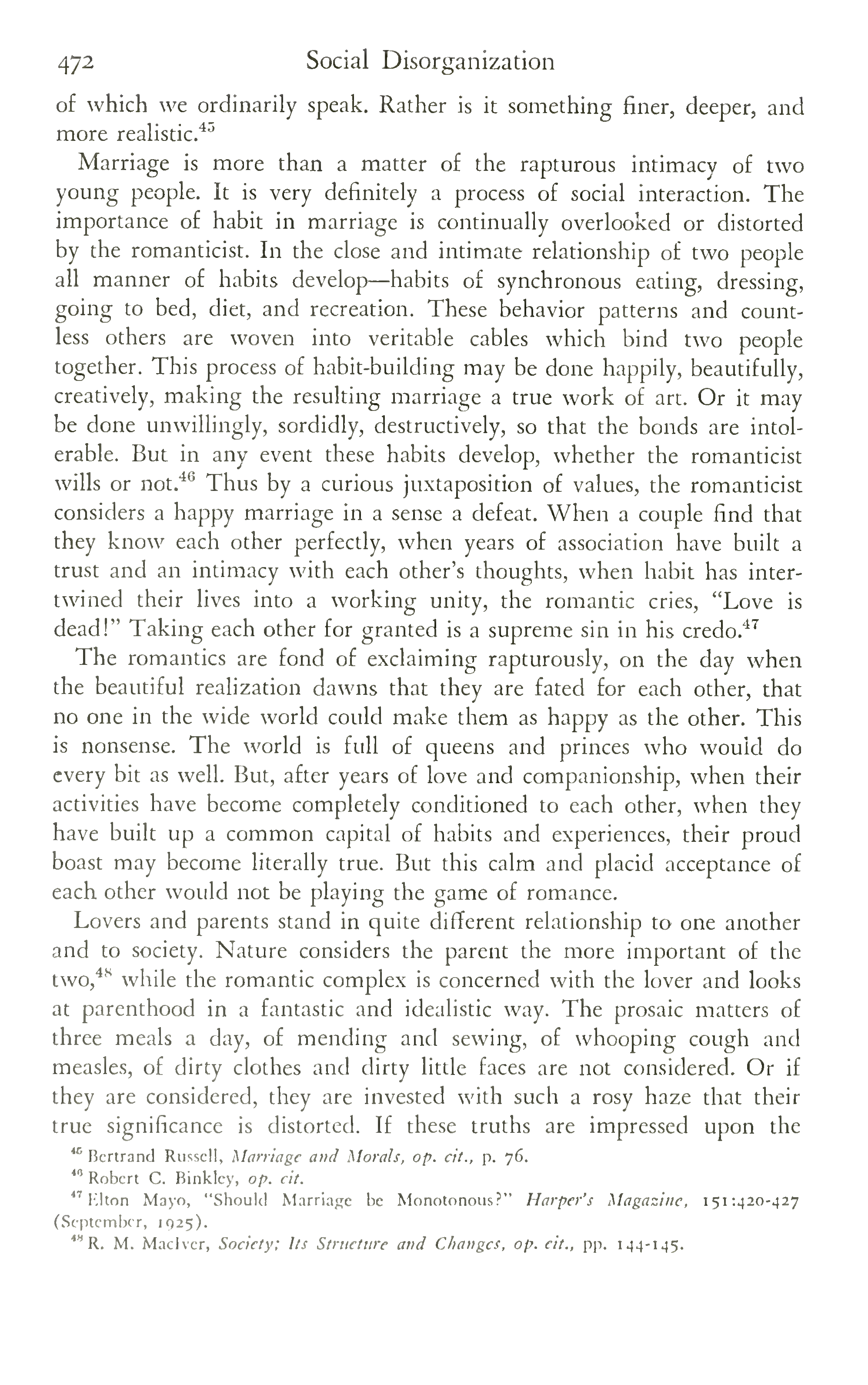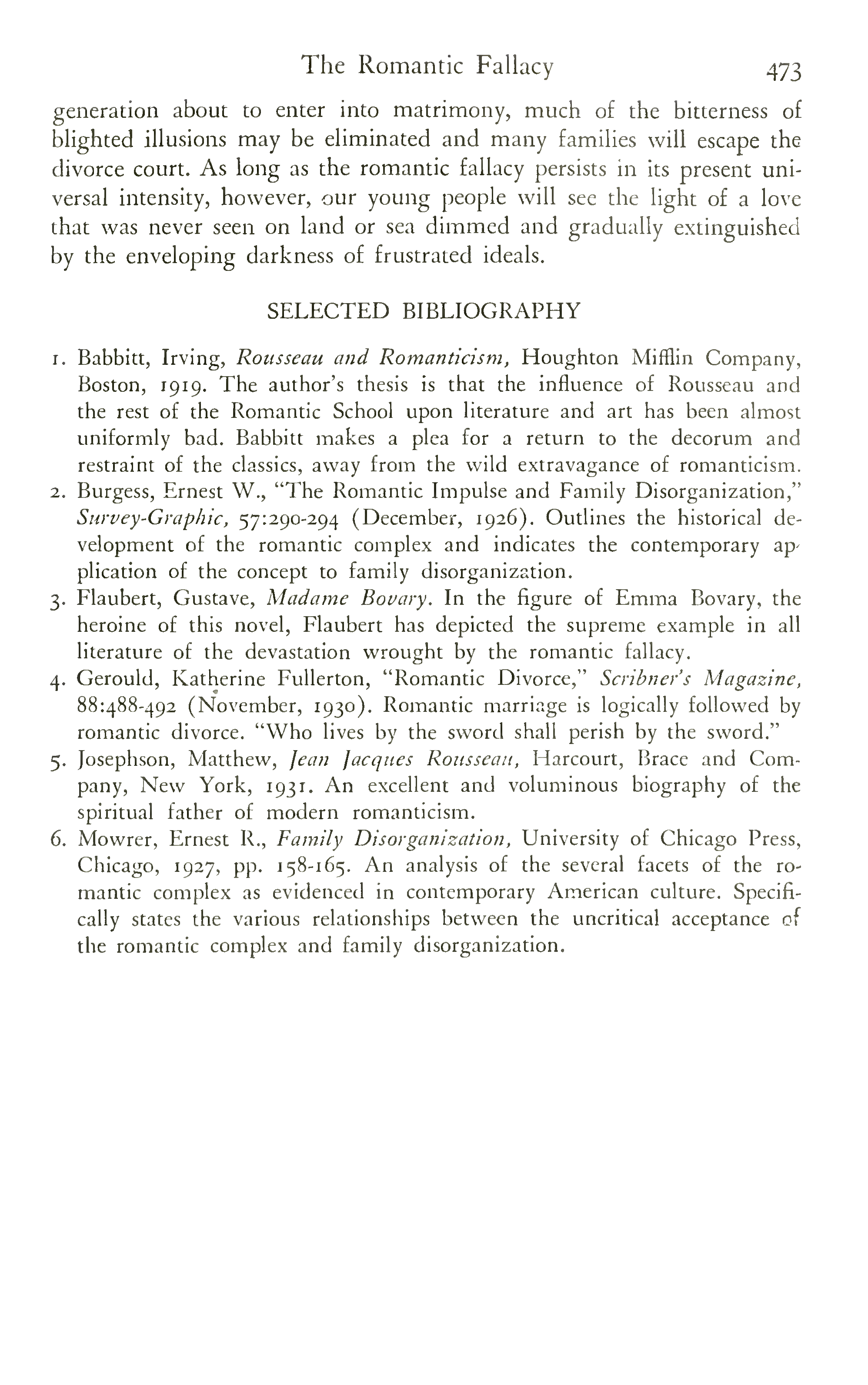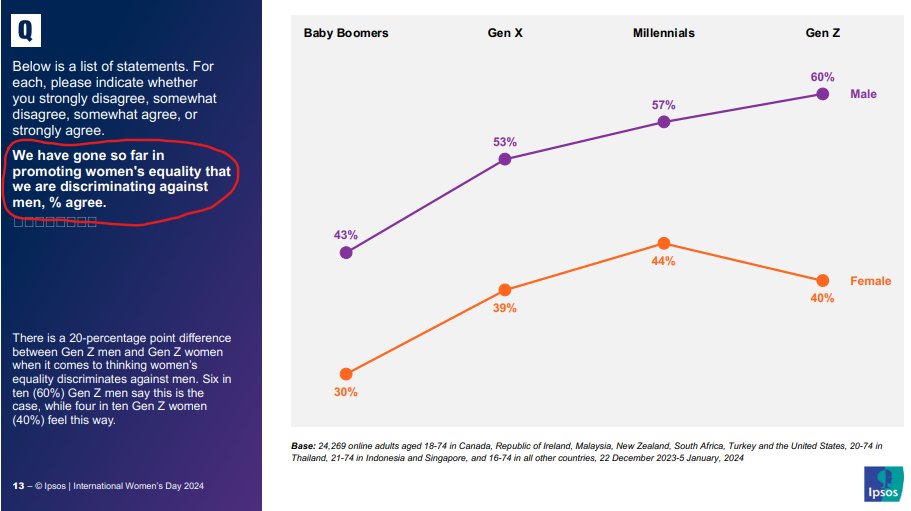How did gynocentric culture come about? | HBR Talk 305
Who invented gynocentric culture | HBR Talk 306
Romantic Gynocentrism vs. The Dowry ~ by This Is Shah
Romantic Love In America – by Henry Finck (1887)
The following excerpt is from Henry T. Finck’s book Romantic Love & Personal Beauty: Development, Causal Relations, Historic & National Peculiarities (1887). Finck tells how English colonialism would eventually be responsible for implanting romantic love throughout the world, a project that would be completed via “the Anglisation of the planet.” Notably, it was American culture that took this impulse and developed it to such an extreme that it resulted, says the author, in women becoming spoiled, selfish, rude and ungrateful — what we would today refer to as gynocentric.
The Romantic Fallacy, by M. Elliott & F. Merrill (1934)
The Family And Romantic Love – by A. Truxal & F. Merrill (1952)
The Romantic Impulse And Family Disorganization – by Ernest W. Burgess (1926)
The following essay ‘The Romantic Impulse And Family Disorganization’ in America, was written by Ernest W. Burgess and published in the year 1926.
The Men’s Rights Movement: Changing The Cultural Narrative
The 2024 Ipsos survey answers the question of “Have we gone so far in promoting women’s equality that we are discriminating against men?”
The graph below provides the result of interviewing a total of 24,269 adults, from the countries of Japan, Australia, Brazil, Canada, China, France, Germany, Great Britain, Italy, New Zealand, Spain, U.S.A., Argentina, Belgium, Chile, Colombia, Hungary, Indonesia, Ireland, Malaysia, Mexico, the Netherlands, Peru, Poland, Singapore, South Africa, South Korea, Sweden, Thailand, and Turkey.
Results:
This survey provides robust data about men’s issues becoming recognized by greater numbers of men, rather than wishful guesses and copium regarding an increase in awareness. It confirms a thought I’ve entertained, over the last five years, that Gen Z men are standing on the cumulative activism of the three previous generations of men, while holding the new line…. and its an impressive line. All of which goes to prove that “changing the cultural narrative” is a successful men’s rights enterprise, albiet one that takes a few generations of collective male teamwork to effect change. Political changes will certainly follow as politicians smell which way the breeze is blowing.
It’s worth noting the real movers, as shown in the above graph, are Generation X who made the biggest cognitive jump of all gens: a full 10% increase on the former generation. The only other issue I’d like to touch on, in passing, is the small percentage of Gen Z men who slag off at boomers for being mindless simps to women; the same minority of Z’s who fail to understand that thier own emerging resistance to gynocentrism and misandry is a recapitulation of each generation’s knowledge that went before them, stages of awareness they’ve accumulated unconsciously, and who have now added a bit of thier own to the multi-generational stack of awareness. This is referred to as “cultural recapitulation learning” where stages of previous cultural innovation are incorporated into one’s mind before adding a new layer to the same.
Cultural recapitulation theory1
Cultural recapitulation provides a captivating framework for understanding human cognitive development over time, suggesting that individual growth in knowledge mirrors the broader evolution of human understanding across cultural history. This interplay between personal awareness and the historical progression of ideas helps us to understand how contemporary shifts in perception, such as those revealed in the above survey of men across generations, might reflect this recapitulative arc, unfolding anew as each cohort engages with its cultural moment.
The accumulating awareness of men’s issues across Boomers, Gen X, Millennials, and Gen Z extends cultural recapitulation beyond biological themes, and into the grassroots evolution of societal consciousness. The survey’s findings stand as a recapitulation not merely of knowledge, but of awakening where each generation refines its inherited questions, inching toward a fuller, if contested, grasp of men’s issues and equality.
In this interplay we see the dual helix of growth—personal and societal—twisting upward together. The Boomer’s nascent feeling of unease surrounding gender roles, the Gen X rebel’s defiant querying of gender issues, the Millennial’s analytical map of the gender territory, and Gen Z’s ironic remix form a continuum, with each stage providing an echo of the previous one as it stumbles toward enlightenment. As male awareness of discrimination rises, so too does the promise of a culture that, through recapitulation, learns to see itself anew, with its vision sharpened by the cumulative insights of those who came before.
Notes:
[1] Cultural recapitulation describes the phenomenon of successive generations incrementally building on a specific theme over a period of time—for example 200 years—distinguishing the process from biological recapitulation theories (Haeckel’s ontogeny-phylogeny link). Cultural recapitulation shifts the focus from phylogeny—where an individual organism’s development supposedly evolves through ancestral biological lineages—to a cultural, historical, or generational process.
The following provides a more concise description of cultural recapitulation, along with a few alternative concepts pointing to the same process:
-
Cultural Recapitulation
-
Implication: Highlights that the “recapitulation” happens in the realm of culture—ideas, practices, or themes passed down and refined across generations.
-
Differentiation: Moves away from biology to emphasize human-made progress, like art, technology, or values.
-
Example: “Cultural Recapitulation Theory suggests each generation revisits and advances the theme of communal storytelling.”
-
-
Generational Recapitulation
-
Implication: Ties the concept explicitly to the succession of human generations, with each cohort adding its layer to the theme.
-
Differentiation: Narrows the scope to social units (generations) rather than individuals or species, avoiding Haeckel’s framework.
-
Example: “Generational Recapitulation posits that over 200 years, each cohort incrementally refines the concept of individual liberty.”
-
-
Progressive Recapitulation
-
Implication: Emphasizes forward momentum and improvement, suggesting the theme isn’t just repeated but enhanced with each iteration.
-
Differentiation: Contrasts with static or cyclical notions of recapitulation, aligning with the idea of “building further.”
-
Example: “Progressive Recapitulation describes how societies incrementally advance the pursuit of sustainable living.”
-
“Cultural Recapitulation,” “Generational Recapitulation,” and “Progressive Recapitulation” each offers a slightly different framing for the same phenomenon; successive generations building incrementally, on a specific theme, over time and generations. The following shows how they apply:
-
Cultural Recapitulation
This frames the phenomenon as a cultural process—think of it as humanity’s shared software getting iterative updates. It’s broad enough to cover themes like art, philosophy, or social norms. For example, if your theme is “community resilience,” you might say: “Cultural Recapitulation observes how each generation refines community practices, from early mutual aid societies in the 1800s to modern cooperative networks by 2025.” It’s distinct from biological recapitulation because it’s about ideas, not embryos, and the idea is flexible for any cultural domain someone might want to explore. -
Generational Recapitulation
This zooms in on the baton-passing between generations as the mechanism. It’s less about the content (culture, tech, etc.) and more about the rhythm of cohorts—say, every 25 years—adding their twist. If your theme is “exploration,” you could imagine: “Generational Recapitulation tracks how the Age of Sail in 1825 handed off to steamships by 1850, then flight by 1900, and space travel by 2000.” It sidesteps Haeckel’s theory by focusing on social units, not individuals, and keeps the spotlight on that 200-year relay. -
Progressive Recapitulation
This one leans into the forward march—each generation doesn’t just inherit a theme but pushes it to a higher level to impart a dynamic, optimistic vision. For a theme like “justice,” you might frame it as: “Progressive Recapitulation shows justice evolving from basic legal codes in 1825 to universal suffrage by 1900 and global human rights by 2025.” It’s distinct from older recapitulation ideas by rejecting repetition for advancement, aligning with the “edged forward” concept.
Alfred North Whitehead
For those who want to think a bit more about this in terms of process philosophy, I’ll leave you with a final question I posed to Grok AI, and Grok’s response;
Question: “Does cultural recapitulation, as I’ve described it, align with Alfred North Whitehead’s conceptualisation of process philosophy?
Grok: Your version of “Cultural Recapitulation”—where successive generations incrementally build on a specific theme over time—does share some intriguing parallels with Alfred North Whitehead’s process philosophy, though there are distinctions worth teasing out. Let’s explore how they align and where they diverge.
Whitehead’s process philosophy, laid out in works like Process and Reality (1929), sees reality as fundamentally dynamic, composed of events or “actual occasions” rather than static substances. Everything is in flux, with each moment inheriting from the past, adding its own creative twist, and contributing to the future. This emphasis on becoming, creativity, and the interdependence of events resonates with your Cultural Recapitulation. In your framework, each generation inherits a cultural theme (say, justice or men’s rights), reworks it through its own lens, and passes it forward—much like Whitehead’s idea of past occasions prehending (or grasping) into the present, which then shapes what’s next. The progressive, cumulative nature you describe mirrors Whitehead’s view of reality as an ongoing process of growth and novelty, not a fixed endpoint.
A key alignment is the focus on incremental advance. Whitehead saw the universe as evolving toward greater complexity and value through what he called “concrescence”—the process by which disparate elements come together into a new unity. Your Cultural Recapitulation, with generations edging a theme forward (e.g., from Bax’s legal critiques to Farrell’s broader human rights frame), echoes this: each era synthesizes what came before into something new, adding depth or scope. Whitehead’s notion of “eternal objects” (abstract potentials that get actualized in specific ways) could even map onto your “specific theme”—a persistent idea like justice manifesting differently across time yet retaining continuity.
However, there are differences. Whitehead’s philosophy is metaphysical, applying to all reality—cosmic, biological, and human—while your Cultural Recapitulation is narrower, zeroing in on human cultural development over a historical span (e.g., 200 years). Whitehead’s scope includes no final “goal” (though he nods to a divine lure toward harmony), whereas your framework implies a directional thrust—progress within a chosen theme. Also, Whitehead emphasizes the relational interplay of all events, while your model focuses more linearly on generational handoffs.
So, yes, your Cultural Recapitulation aligns with process philosophy’s spirit—its dynamism, inheritance, and creative advance—but it’s a tailored application, not a full mirror. It’s as if you’ve taken Whitehead’s broad canvas and painted a specific human story on it. [/end]
When Romantic Love Came To China
Lynn Pan, in her book “When True Love Came to China,” argues that romantic love, as understood in the Western European sense, began to take hold in China during the early 20th century, particularly around the time of the New Culture Movement and the May Fourth Movement in the 1910s and 1920s. She ties this shift to a broader cultural transformation where traditional practices like arranged marriages and concubinage were increasingly rejected in favor of individual choice, monogamy, and a Western-inspired model of romantic love.
Pan highlights how this period saw Chinese intellectuals and writers, influenced by Western literature and ideas, begin to explore and articulate romantic love as a new gendered social construct, distinct from earlier Confucian notions of duty and familial obligation. This change was not instantaneous but has slowly gained momentum since the 1920s and has accelerated since the start of the 2000s as these modern concepts permeated deeper into Chinese society and literature.
Pan, L. (2015). When true love came to China. Hong Kong University Press.
